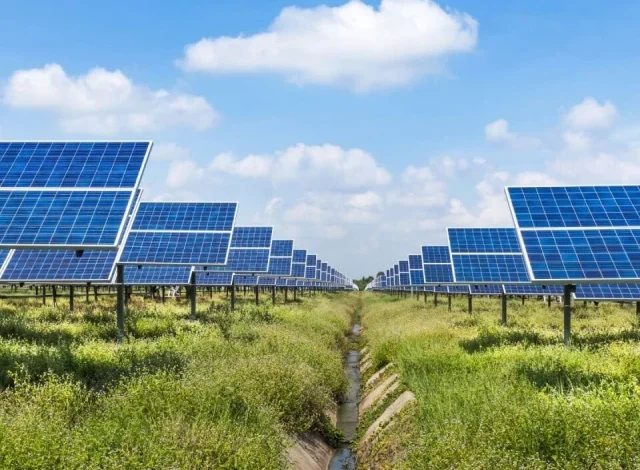Pakistan’s solar boom causes financial difficulties and water strain.

Groundwater resources and government finances are two crucial sectors that are experiencing stress as a result of Pakistan’s increasing use of solar energy in rooftop generating and agriculture.
According to Reuters, many farmers in Punjab province have switched to solar pumps from diesel or grid-powered tube wells, which enables them to expand water-intensive crops like rice and irrigate fields more regularly.
Karamat Ali, a farmer, claimed that he was able to irrigate “with ease” after selling his livestock to pay for solar panels. The US Department of Agriculture reports that between 2023 and 2025, rice fields increased by 30% while maize cultivation decreased by 10%. About 650,000 tube wells currently use solar power, compared to a far smaller number only a few years ago, economist Ammar Habib told Reuters.
Due to Chinese production, solar panel prices have fallen by around 80% since 2017, which has caused the transition. According to internal data from Punjab’s water administration, zones deeper over 80 feet have more than doubled, while places with groundwater levels below 60 feet now make up roughly 6.6% of the state, a 25% increase since 2020.